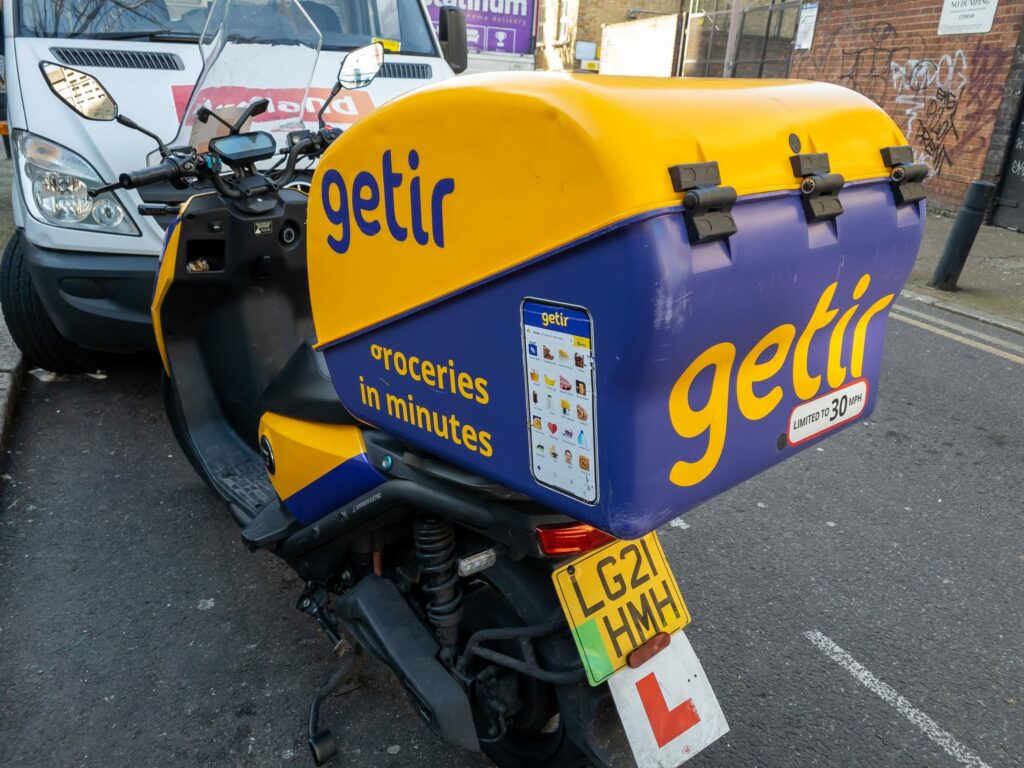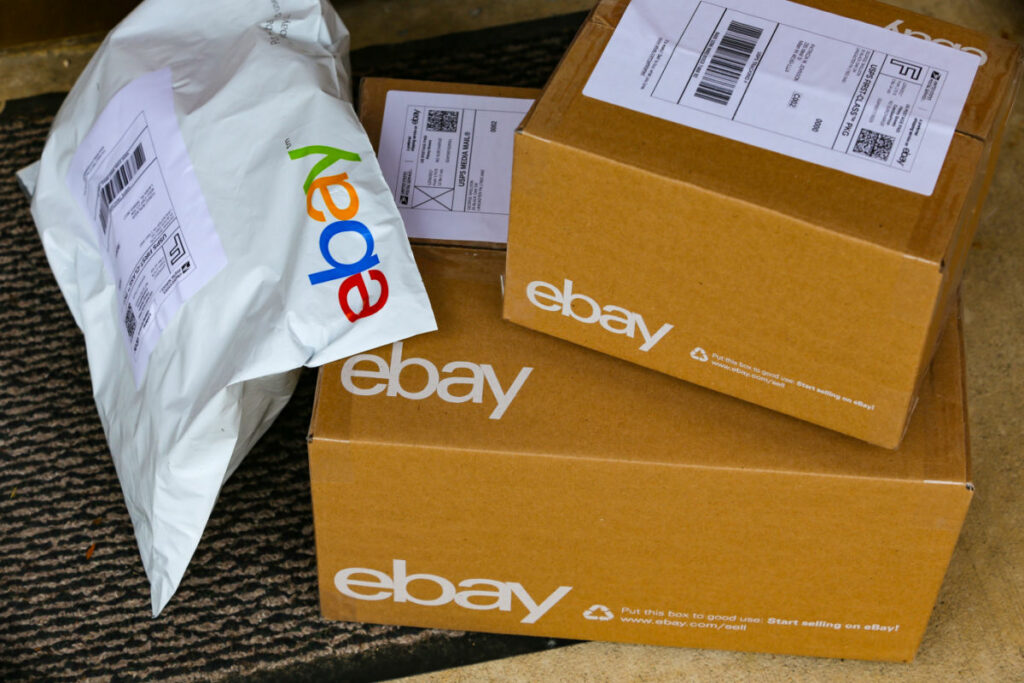Gordon Sumner (or as he is better known, Sting) occupies a unique place in the history of ecommerce. His long and illustrious career in music stretches back across decades and has carried him to all corners of the globe, earning 16 Grammys, an Emmy and a Golden Globe along the way.
But for all of these accomplishments, one of Sting’s most remarkable achievements is relatively unknown. On the 11 August 1994, Sting’s fourth solo studio album Ten Summoner’s Tales became the first item ever purchased through the internet, for $12.48 (plus shipping).
Needless to say, in the two decades since this landmark transaction, internet retailing and ecommerce has exploded, with the latest estimates predicting that global retail ecommerce sales will top $4.5 trillion (£3.44 trillion) by the year 2021.
The internet has revolutionised the retail experience for consumers and brands alike – but there are some age-old rules of retail that ring true whether the store is physical or digital. In particular, I’m drawn to the adage that “customers remember the service longer than they remember the price”. Retailers should never lose focus of how influential the shopping experience is in driving results for their business.
It may seem obvious, but the first step for online retailers wanting to create a positive experience for their visitors is to consider what consumers are using to visit the site. The latest research from the World Advertising Research Centre (WARC) has found that “almost three quarters (72.6 per cent) of internet users will access the web solely via their smartphones by 2025, equivalent to nearly 3.7 billion people”.
“Retailers should never lose focus of how influential the shopping experience is in driving results.”
This is a significant development. Despite mobile internet usage massively outpacing the use of desktops, the vast majority of web pages for mobile still offer much weaker user experience, which is a huge factor in driving conversions. For brands and retailers, this a missed opportunity.
The findings of the WARC report are even more impactful when looked at in conjunction with research from Google. The research explored how consumers’ attitudes and expectations of the mobile experience are changing. Today, people expect their experiences online, and particularly on mobile, to be faster and more seamless than ever before, with 65 per ent of all UK adults using their smartphones as the primary device to go online.
But, although around 50 per cent of Brits think sites should load in less than two seconds, the UK average load time is almost a whopping nine seconds. For retailers, these findings should not be ignored. For instance, 75 per cent of people in the UK say that the speed it takes to load a page has the most impact on their overall experience. Perhaps most crucially, 50 per cent of UK users will abandon mobile transactions because of a poor experience.
For ecommerce sites, abandonment due to slow load times can cost more than just one transaction – 79 per cent of shoppers who are dissatisfied with site performance say they’re less likely to purchase from the same site again. Retail is all about experience and, on mobile, consumers want that experience to be fast.
The discrepancy between what consumers expect of mobile experiences and what is currently being delivered represents a huge opportunity for retailers – the door is open for brands to assert themselves and win consumers over with speedy, seamless mobile experiences. To give retailers an idea of how they compare to the competition, Google’s Speed Scorecard allows businesses to measure how their mobile speed ranks against other brands from within their industry.
“Retail is all about experience and, on mobile, consumers want that experience to be fast.”
From a Sting album to the rise of smartphones, the shape of retail is constantly changing. The good news for brands and retailers is that speeding up your mobile site can itself be a swift process. Here are three simple ways to speed up your mobile experience:
Unpack the essentials first: Prioritise above-the-fold content over anything else. That way, users consider your site fully loaded earlier on, and can start browsing faster. Having multiple files concerned with font, size, colour and spacing can have a big impact on site speed, so have these load later on.
Box things together: Each resource on your mobile site requires additional requests from the server, so try to group similar files together. Small images under 10kb can also be combined into a sprite format. Sprite formats allow a collection of images to be filed under a single image, reducing the amount of server requests and speeding up loading times.
Keep the boxes light: Large images take longer to load and slow things down. Compress your images to below 100kb wherever possible. GZIP is a free to use software that can also reduce the size of text-based files, like JavaScript, by as much as 70-80 per cent.
Martijn Bertisen is the Director of Retail at Google UK
Click here to sign up to Retail Gazette‘s free daily email newsletter


















